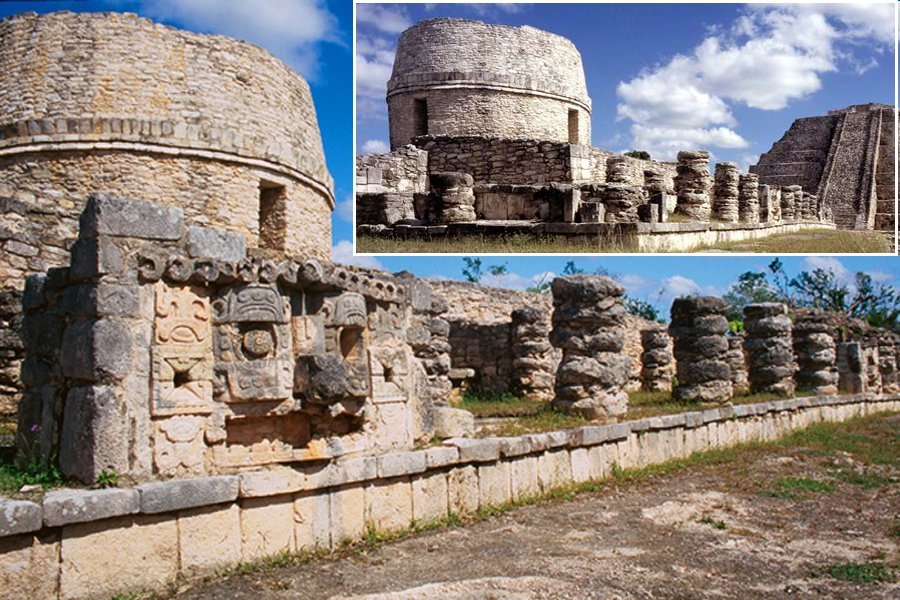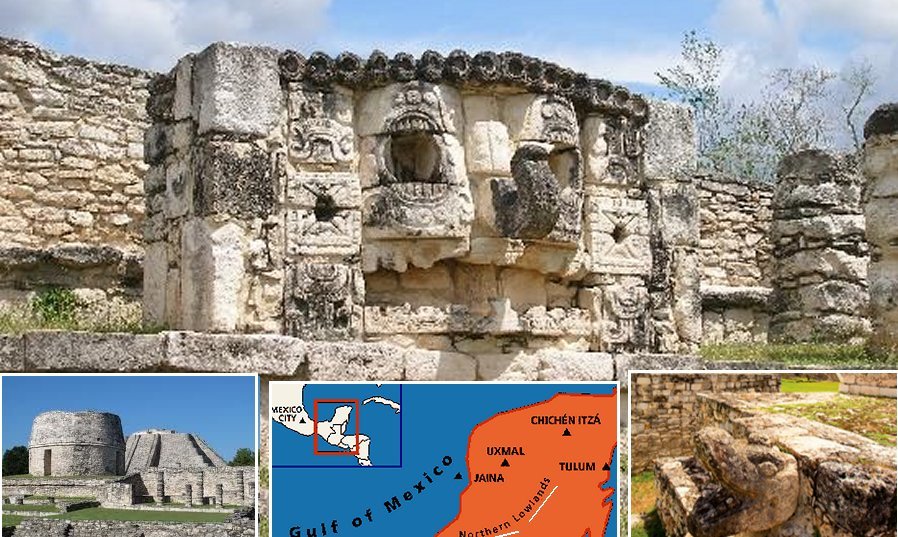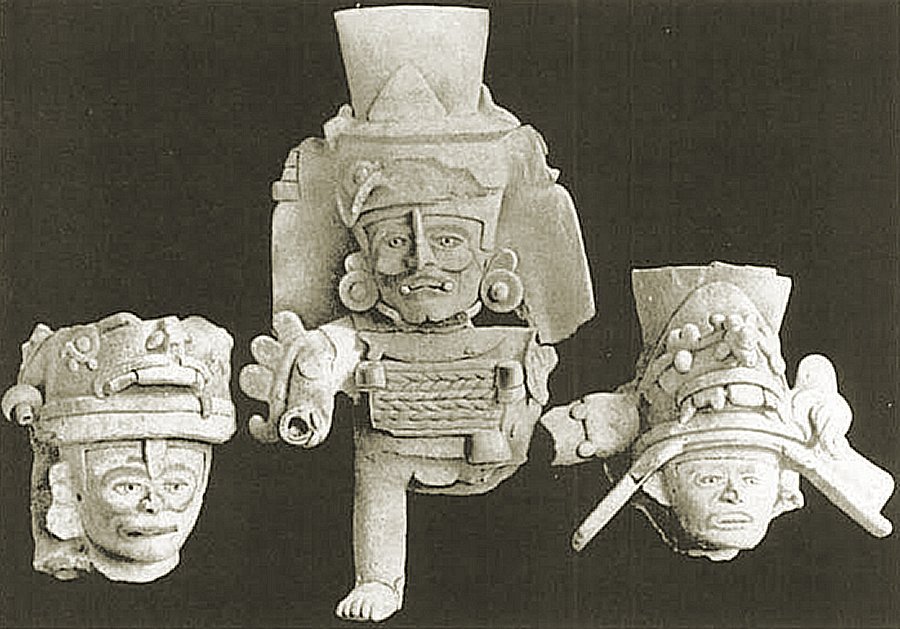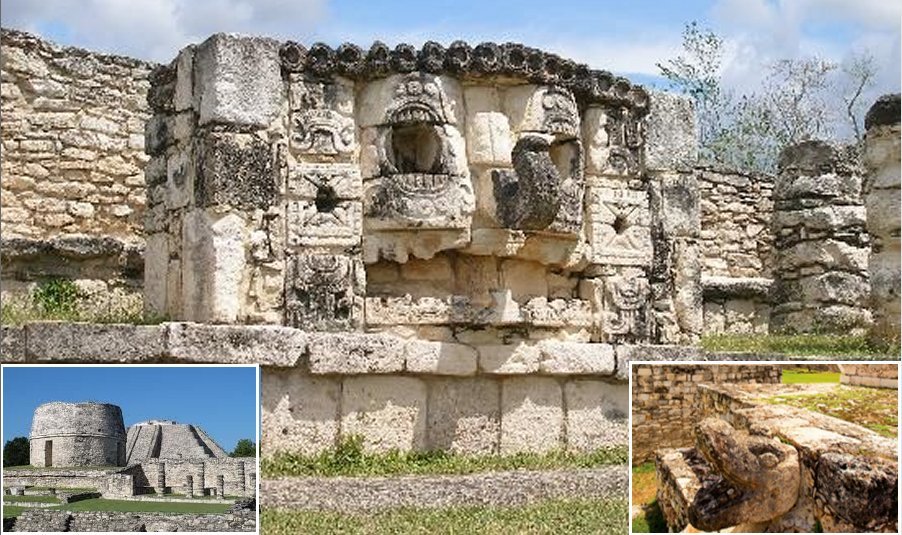Rise Of League Of Mayapán And The Last Great Maya Capital
A. Sutherland - AncientPages.com - According to the Book of Chilam Balam of Chumayel, Hunac Ceel, ruler of Mayapan, conquered Chichén Itzá in the 13th century. Archaeological data, on the other hand, indicates that Chichén Itzá declined as a regional center by 1250, before the rise of Mayapan.
Ruins of the last great city of the Maya – Mayapan. Images credit: Yucatan Gobierno del Estado
Earlier, from the 10th through the 12th century, Chichén Itzá, Uxmal, and Mayapan (means "The Flag or the Banner of the Mayas"), were the three most important and powerful ceremonial centers. Towards the year 1194, the political situation changed and Mayapán took the power from Chichén Itzá and managed to retain it until 1441. The fall of Chichén Itzá initiated two significant events in the history of Yucatán,
- the rise of the city-state of Mayapán, a new capital of the Maya civilization, established c.1263 and 1283 AD and
- the formation of the alliance of Yucatec rulers known as the League of Mayapán.
The League formed by the chieftains of Mayapán, Uxmal, and Chichén Itzá began successfully control the region until 1450 AD. However, not all people were satisfied. The League had many opponents among the inhabitants of the other Mayan kingdoms of the Peninsula.
Nobles were forced to live within the defensive walls of the city so their kingdoms had no choice but to stay loyal to the League.
“Mayapán ruled over a large territory in Yucatan. This realm was divided into provinces that were administered as a confederacy under Mayapán’s control. Each province (kuchcabal) was ruled from a prominent town…. They built houses for the lords only, dividing all the land among them, giving towns to each other…. The leaders of these subordinate towns lived in Mayapán, supported by their subjects, “where each lord could keep servants…” according to Bishop Landa’s 16th-century description.
By residing in the capital, these subordinate lords could be closely monitored by Mayapan’s rulers and it was life in captivity.
Around 1440 – 1450 AD, the people who lived in captivity started rebelling against the rule of Mayapán. The League began to decline and by 1461 it was completely disintegrated. The city of Mayapan was burned and abandoned.
City Of Mayapán Resembled Chichén Itzá
Today, the walled city of Mayapán, (known as "Flag of the Mayas"), is considered the last great Mayan capital. It was built in the likeness of Chichén Itzá. At its peak, Mayapán was the most important city but its population was only 15,000 and it covered an area of only 4.2 square kilometers (1.6 miles).
Mayapán-style ceramic idols represent images of gods and were used by the Maya for burning incense. Image credit: Thomas Gann, 1900
About 10-12,000 people lived within the walled city of Mayapán, surrounded by a 9.1 km long and roughly ovate wall.
Archaeological excavations revealed the city’s ceremonial center (constructed in the style of that in Chichén Itzá), tightly packed with about 4,000 functioning structures displaying architecture similar to that of Chichén Itzá.
Among the ruins of Mayapán are temples, shrines, altars, platforms, sanctuaries, colonnaded halls, oratories, and feathered serpent columns.
Sculptures, depicting human portraits, feline figures, turtles, serpents, diving figures, and various stelae richly decorate Mayapán’s ceremonial buildings. Archaeological diggings revealed evidence for captive sacrifice at Mayapán, where altars - similar to those used at Chichen Itza – were used for heart excision. Other evidence shows the bones of human sacrifices including some that had been decapitated.
The city’s main temple is the Temple of Kukulkan, a large four-sided and 15 meter-high pyramid known as the Castillo. It is very similar and yet inferior to that of Chichen Itza.
However, an interesting spectacular phenomenon of light and shadow during the winter solstice (December 21) is identical to that experienced at Chichen Itza.
Written by – A. Sutherland AncientPages.com Staff Writer
Copyright © AncientPages.com All rights reserved. This material may not be published, broadcast, rewritten or redistributed in whole or part without the express written permission of AncientPages.com
Expand for referencesReferences:
Foster L V. Handbook to Life in the Ancient Maya World
Sharer R. J. Traxler L.P. The Ancient Maya
More From Ancient Pages
-
 Amazing Archaeological Discovery In A Secret Underground Structure In Transylvania Could Rewrite Ancient History
Featured Stories | Feb 13, 2024
Amazing Archaeological Discovery In A Secret Underground Structure In Transylvania Could Rewrite Ancient History
Featured Stories | Feb 13, 2024 -
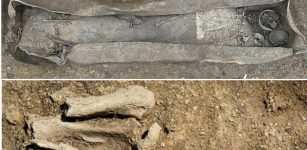 Ancient Necropolis With Lead Coffins Sheds Light On Early Christian Funeral Practices
Archaeology | Jul 13, 2020
Ancient Necropolis With Lead Coffins Sheds Light On Early Christian Funeral Practices
Archaeology | Jul 13, 2020 -
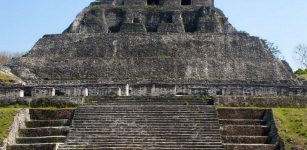 Ruins Of Xunantunich – Mayan City That Once Flourished
Civilizations | Jan 12, 2022
Ruins Of Xunantunich – Mayan City That Once Flourished
Civilizations | Jan 12, 2022 -
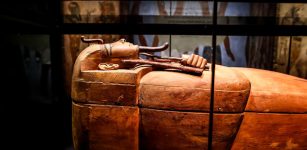 Pharaoh Ramses II’s Sarcophagus On Display For The First Time In 50 Years
Artifacts | Apr 11, 2023
Pharaoh Ramses II’s Sarcophagus On Display For The First Time In 50 Years
Artifacts | Apr 11, 2023 -
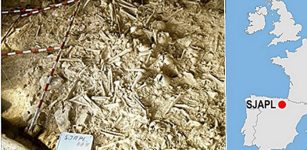 Earliest Period Of Warfare In Europe Occurred Over 1,000 Years Earlier Than We Thought
Archaeology | Nov 3, 2023
Earliest Period Of Warfare In Europe Occurred Over 1,000 Years Earlier Than We Thought
Archaeology | Nov 3, 2023 -
 Quest For The Magical Healing Flower In The Garden Of Bakavali Led To A Love Story
Featured Stories | May 28, 2019
Quest For The Magical Healing Flower In The Garden Of Bakavali Led To A Love Story
Featured Stories | May 28, 2019 -
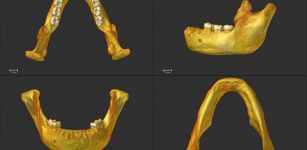 Settlement Of Europe: Result Of Several Migration Waves By A Single Population – Study
Archaeology | Jul 17, 2020
Settlement Of Europe: Result Of Several Migration Waves By A Single Population – Study
Archaeology | Jul 17, 2020 -
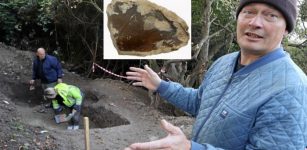 Adaptable And Flexible Neanderthals May Have Inhabited Danish Island 120,000 Years Ago
Archaeology | Oct 25, 2020
Adaptable And Flexible Neanderthals May Have Inhabited Danish Island 120,000 Years Ago
Archaeology | Oct 25, 2020 -
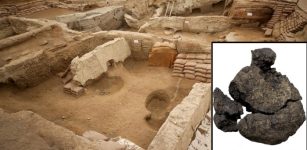 World’s Oldest Bread Found In Neolithic Oven In Çatalhöyük, Turkey
Archaeology | Mar 12, 2024
World’s Oldest Bread Found In Neolithic Oven In Çatalhöyük, Turkey
Archaeology | Mar 12, 2024 -
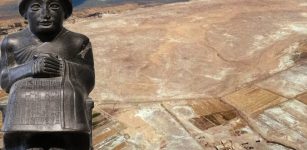 Drone Footage Reveals Ancient Mesopotamian City Lagash Was Made Of Marsh Islands
Archaeology | Oct 14, 2022
Drone Footage Reveals Ancient Mesopotamian City Lagash Was Made Of Marsh Islands
Archaeology | Oct 14, 2022 -
 Glima – Ancient Martial Art Practiced By The Vikings Is Still Popular Today
Ancient Traditions And Customs | Mar 7, 2017
Glima – Ancient Martial Art Practiced By The Vikings Is Still Popular Today
Ancient Traditions And Customs | Mar 7, 2017 -
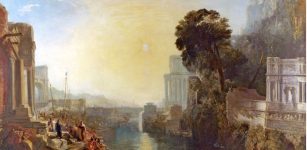 Evidence Of Carthaginian Presence In Northern Europe?
Featured Stories | Jun 18, 2022
Evidence Of Carthaginian Presence In Northern Europe?
Featured Stories | Jun 18, 2022 -
 Strange Case Of A Victim Who Solved Her Own Murder – Unusual Powers Of The Human Mind
Featured Stories | Feb 15, 2019
Strange Case Of A Victim Who Solved Her Own Murder – Unusual Powers Of The Human Mind
Featured Stories | Feb 15, 2019 -
 Ancient Mysteries Of Arizona – Traces Of A Vanished Race And Secrets Of An Underground World
Civilizations | Mar 12, 2019
Ancient Mysteries Of Arizona – Traces Of A Vanished Race And Secrets Of An Underground World
Civilizations | Mar 12, 2019 -
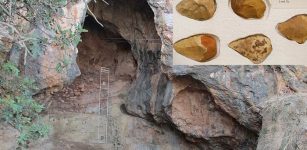 Oldest-Known Grinding Tool Used 350,000 Years Ago Was Found In Tabun Cave, Israel
Archaeology | Jan 4, 2021
Oldest-Known Grinding Tool Used 350,000 Years Ago Was Found In Tabun Cave, Israel
Archaeology | Jan 4, 2021 -
 On This Day In History: Macbeth, King of Scots Killed At The Battle Of Lumphanan – On August 15, 1057
News | Aug 15, 2016
On This Day In History: Macbeth, King of Scots Killed At The Battle Of Lumphanan – On August 15, 1057
News | Aug 15, 2016 -
 On This Day In History: Parachute Jump From 1,000 m Above Paris Is Recorded – On Oct 22, 1797
News | Oct 22, 2016
On This Day In History: Parachute Jump From 1,000 m Above Paris Is Recorded – On Oct 22, 1797
News | Oct 22, 2016 -
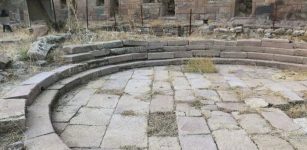 Meat And Fish Market Uncovered In Ancient City Of Aigai, Turkey
Archaeology | Nov 3, 2018
Meat And Fish Market Uncovered In Ancient City Of Aigai, Turkey
Archaeology | Nov 3, 2018 -
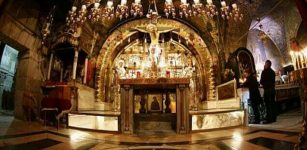 Jesus Christ’s Tomb Dates To Roman Emperor Constantine’s Era – Researchers Confirm
Archaeology | Dec 12, 2017
Jesus Christ’s Tomb Dates To Roman Emperor Constantine’s Era – Researchers Confirm
Archaeology | Dec 12, 2017 -
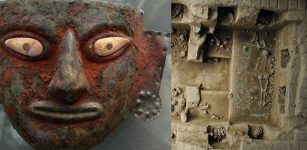 Ancient Tomb Of Peru’s Moche Priestesses Unearthed
Archaeology | Jul 23, 2016
Ancient Tomb Of Peru’s Moche Priestesses Unearthed
Archaeology | Jul 23, 2016

